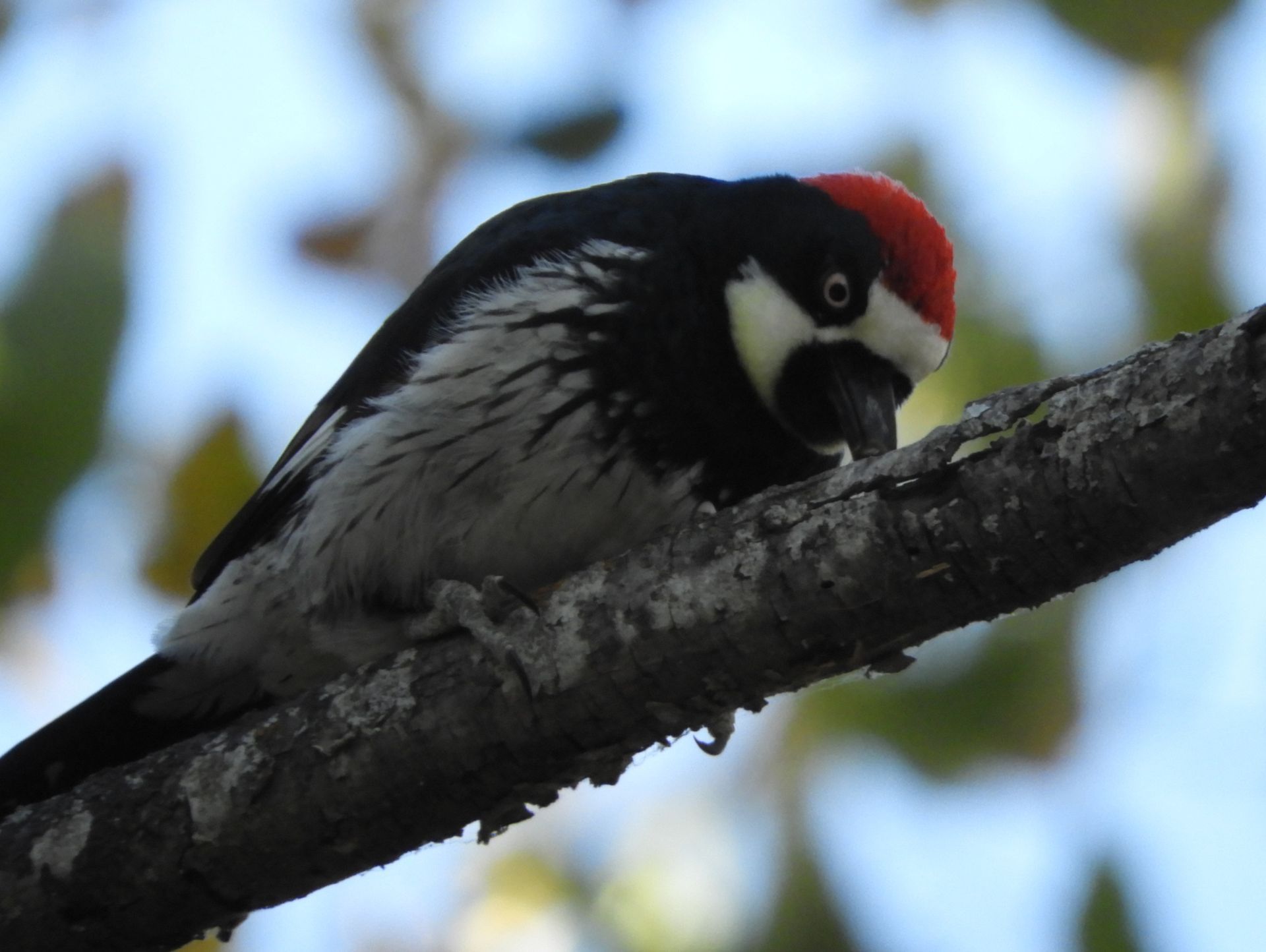Nature & You Lecture: Berryessa Snow Mountain National Monument with Sandra Schubert

The Berryessa Snow Mountain region is a great place for year-round bird watching. However, this time of year it is often way too hot to safely get outside during the day - unless you are a morning person and willing to get out early.
In order to bird watch, you need to have birds to watch – that means attracting them to your yard. There are easy ways to accomplish this. The best and most common way is by putting up bird feeders. There are many different types of feeders which attract different types of birds; check out this article (https://www.allaboutbirds.org/news/how-to-choose-the-right-kind-of-bird-feeder/) to find the type of feeder that is best for your bird watching goals. Regardless of the type of feeder you choose, be sure to keep them clean.
In addition to feeders, birds like have a source of water. While not necessary, it will increase the number of stars the birds give your “restaurant” on Bird Yelp. (Bird Yelp is not a thing because birds don’t have cell phones or apps. Or thumbs.) Placing your feeders and water under or near trees or other structures will provide your avian friends with shade and shelter.
To allow you to birdwatch while indoors, you should place your bird restaurant in a location that you can see from inside. From your bird watching perch, you should have a good field of view with varied vegetation, if possible. Some birds like to eat while sitting at the feeder, others like to forage on the ground, while others will grab something to-go and eat it a short distance away. Being able to see these different styles of dining is very educational. When selecting a location to do your indoor birdwatching, think about your own comfort. Will you be out of direct sun? Can you put a chair and table there?
Unless you can identify the different species that may visit your restaurant, you will want a bird identification book. There are many different bird books, find the best one for you. One of the most comprehensive is the Sibley Field Guide to Birds of Western North America. The Merlin Bird ID app is a great digital resource which will provide a list of birds most likely to be found at your location on a specific date. As you watch birds at your feeders, you may start to notice patterns and want to keep track of these observations. Having a notebook at hand is a great way to keep track of these patterns for future reference. You can also make drawings of the birds in your notebook.
Now that you have opened your restaurant and placed your observation post, the last thing you need is often the hardest to acquire – patience. When I placed bird feeders in my backyard, I wanted to see birds right away but had to remind myself of the line from Field of Dreams: “If you build it, (they) will come.” By being observant, you will be able to adjust your feeders to attract more birds and know how to attract them throughout the year.
-Nate Lillge (nlillge@tuleyome.org)
Adventures and Engagement Director
Certified California Naturalist
RECENT ARTICLES






